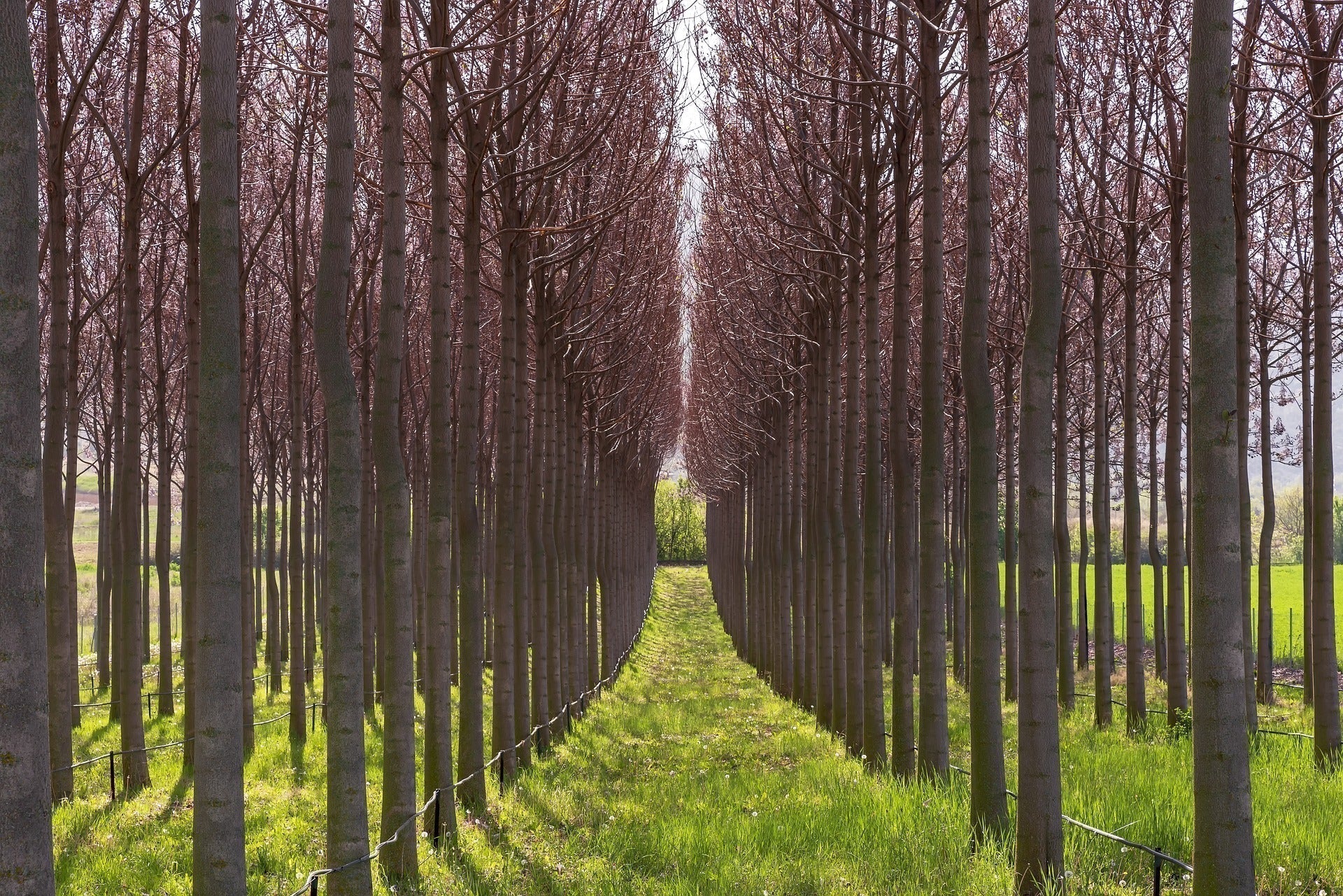
What is the Best Lumber for your Deck Skins?
Paulownia. It may be the first time for some of you to hear about it but it’s a tree native to Eastern Asia, specifically China. It is by far one of the fastest growing trees in the world and is the lightest known timber other than balsa, PLUS it’s stronger than cedar. Due to its number of uses and extraordinary contribution to the environment, it’s now been widely planted and cultivated across the world.

So why do we recommend this wood for building paddle boards?
For you to build light weight, high quality, and sustainable water crafts such as wooden surfboards or wood paddle boards, there are a few attributes you should look for. To build the best wood surfboard or paddle board, you should use wood that is very light in weight, fine-grained, warp-resistant, and shouldn't absorb water. This makes paulownia a perfect choice! Paulownia has an extremely high strength to weight ratio making it the perfect choice for DIY projects.
Isn’t it balsa that has the highest strength-to-weight ratio of all the woods in the world? Well, a study conducted by Auburn University says otherwise. They did a test between an 18 pound/cubic foot Paulownia and a 10 pound/cubic foot Balsa. Paulownia led with a Modus of Rupture of 5740 psi, while only 2800 for Balsa.
Outlined below is the weight and strength differences between paulownia, balsa, cedar, redwood, and pine. Source: www.wood-database.com
|
Average Weight (pound/cubic foot) |
Average Strength (psi) |
|||
|
Modulus of Rupture |
Modulus of Elasticity |
Crushing Strength |
||
|
Paulownia |
18 |
5,480 |
635,000 |
3,010 |
|
Balsa |
9 |
2,840 |
538,000 |
1,690 |
|
Cedar (Western Red) |
23 |
7,500 |
1,110,000 |
4,560 |
|
Redwood (Coast) |
26 |
8,950 |
1,220,000 |
5,690 |
|
Pine |
28 |
9,400 |
1,290,000 |
5,320 |
Terms:
- Modulus of Rupture (MOR) or the wood’s bending strength
- Modulus of Elasticity (MOE) or the stiffness of the wood
- Crushing Strength or the maximum strength of wood when weight is applied
Paulownia is one of the lightest commercially grown wood in the US with an average cubic foot weight between 15 to 19lbs, though lighter grades weigh only 14 that’s almost 1/2 the weight of cedar, redwood, and pine. When building your boards and considering the glassing process, Paulownia has a larger “light-weight” advantage because it is naturally resistant to liquids so it does not hold the added weight of the epoxy while Balsa is often pre-treated and absorbs a large amount of epoxy.
The challenge with Paulownia is that it can be difficult to source within the US. If you’re wondering where to buy Paulownia wood, you're at the right place and time! Our Paulownia wood strips is now available for pre-order in our online store and we’re offering it in two sizes—Strips: 1" x .25" x 59" and Planks: 6" x .25" x 59".
The paulownia wood planks and strips are perfect for building wooden surfboards and wooden paddle boards. In addition, this wood can be used to build lightweight wooden canoes. It’s rarely sold at your local hardware store, especially in the United States so head over here and grab it while you still can!



